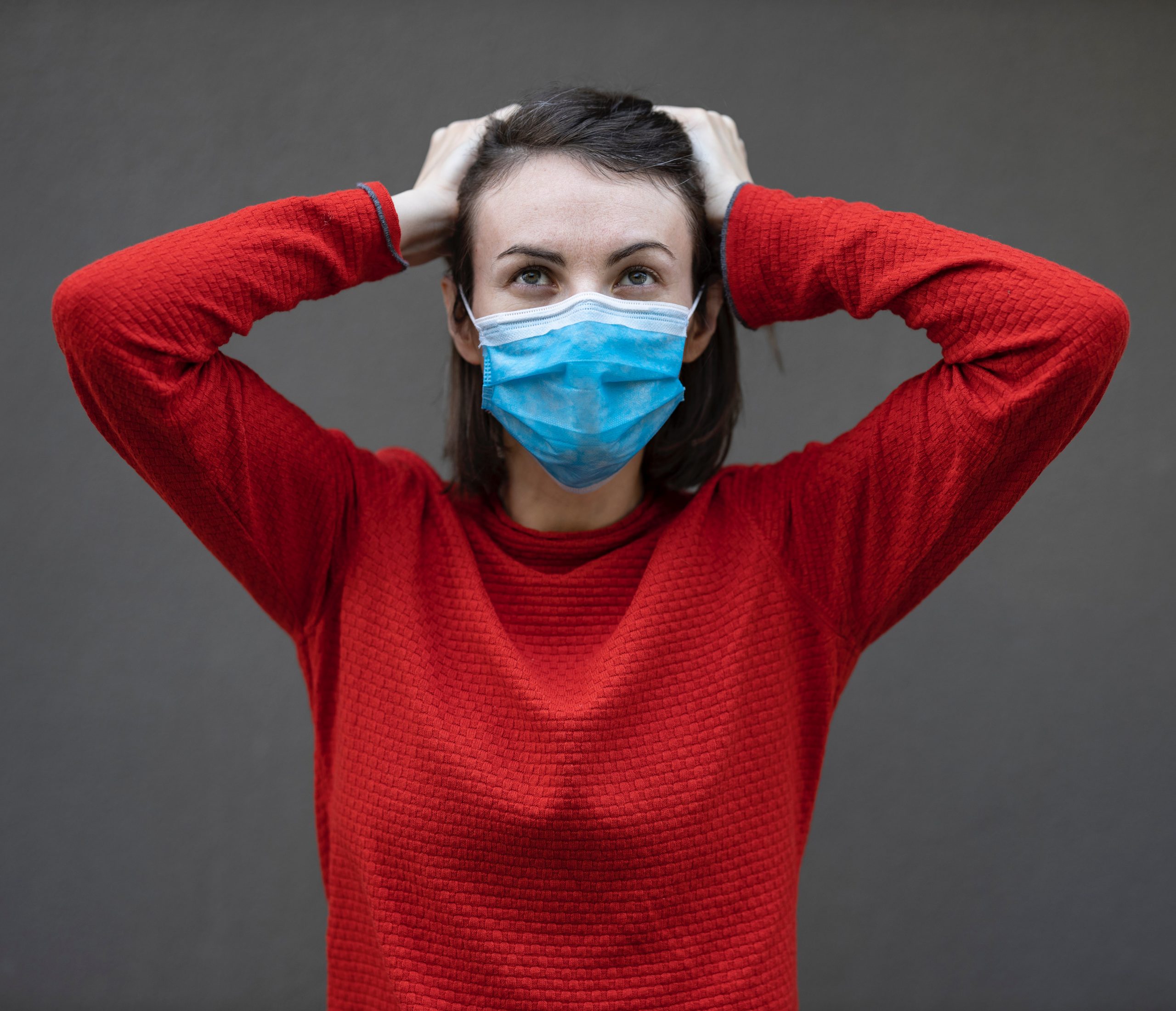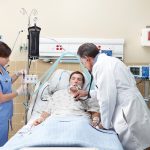Testing the efficiency of protective masks
A Mines Saint-Étienne and Jean-Monnet University laboratory has been accredited to certify the bacterial filtration efficiency of surgical masks. Jérémie Pourchez, a researcher in healthcare engineering at Mines Saint-Étienne, describes this specific aspects of this expertise. He also explains why it is worth considering opening these tests up to the fabric masks worn by general public.
The Covid-19 pandemic has led to growing demand for surgical masks, and therefore a greater need for tests to assess this type of protective equipment. Since May 2020, a Mines Saint-Étienne and Jean-Monnet University laboratory¹ has been accredited by the French National Agency for Medicines and Health Products (ANSM) to certify the bacterial filtration efficiency of surgical masks.
The agency has specified “that no such facility is available in the country” and that it is therefore highly valuable in the context of the COVID 19 epidemic. Jérémie Pourchez, a researcher at Mines Saint-Étienne, adds that this expertise is also rare at the international level and that this accreditation is temporary. “We’re operational at the scientific level but under normal circumstances, this accreditation requires several months of additional inspection to ensure the COFRAC standards for the quality approach.” In other words: the laboratory environment.
Pathogen aerosols
Surgical masks are medical devices which must meet strict specifications regulated by a European standard(EN 14683). Three parameters must be verified to validate compliance with this standard: microbial cleanliness relating to a mask’s packaging and storage conditions, breathability, and bacterial filtration. The test bench developed by the laboratory is used to verify the latter parameter. “A surgical mask protects the environment from the wearer. It is usually used to protect the patient when the masked surgeon operates. So we try to measure the efficiency of the mask being worn toward the environment,” says Jérémie Pourchez.
“We place the surgical mask between a bioaerosol generator (which produces microdroplets of water measuring 3 micrometers containing a pathogenic bacterium, a Staphylococcus aureus) and a cascade impactor (which makes it possible to collect aerosols in petri dishes depending on their size),” explains the researcher. This allows the scientists to analyze which sizes of particles are not filtered by the mask. These dishes are then incubated at 37°C for at least 24 hours to determine whether they can make a culture. “It isn’t enough to simply show that the pathogen passes through the mask, we have to demonstrate that it is viable and cultivable to determine whether the pathogen that has passed through the mask could infect a host,” says the researcher.
Surprising findings for fabric masks
For the researchers, it is also important to perform these efficiency tests on fabric masks (masks for non-medical purposes) now intended for the general public. In the Loire department, many textile industries have started making fabric masks to help combat the pandemic, but until now these masks for the general public have not undergone bacterial filtration tests with a pathogen. “They don’t have to meet the same standards, but they must meet specification SPEC76 defined by AFNOR, and masks for the general public are divided into two major filtration categories, higher than 70% or 90%, whereas surgical masks are higher than 95% or 98%,” adds the Saint-Etienne researcher. Still, some manufacturers are interested in determining the efficiency of their fabric masks by having access to a test with pathogen aerosols.
“Out of the masks that we test here at the laboratory, 15 to 20 percent are fabric masks,” says Jérémie Pourchez, “and certain manufacturers make masks of excellent quality which, in terms of bacterial filtration, are almost equivalent to the least efficient surgical masks.” The researcher stresses the potential benefits of these fabric masks if they are shown to have good bacterial filtration efficiency. As it stands today, surgical masks, which are made of plastic materials, are much more widely-used. Unfortunately, masks are often disposed of in nature, and this has significant environmental implications.
Reusable, washable masks with bacterial filtration efficiency almost equivalent to that of surgical masks would be beneficial in terms of sustainable development. “And as far as the washable, reusable aspect is concerned, it would be useful to determine methods for washing these masks in a more environmentally-friendly, convenient way than a long cycle at 60°C,” adds Jérémie Pourchez. “We’re working with colleagues from Jean-Monnet University to look for other solutions, and one of the solutions we are considering, for example, is using microwaves to decontaminate masks”. This approach could complement that of the international ReUse consortium, of which the Mines Saint-Étienne team is a member, along with a team from IMT Atlantique. The consortium is working on finding methods for decontaminating and reusing surgical masks.
¹ The laboratory corresponds to two joint research units (UMR), UMR INSERM U1059 Sainbiose and UMR EA 3064 GIMAP.
Tiphaine Claveau for I’MTech





Leave a Reply
Want to join the discussion?Feel free to contribute!